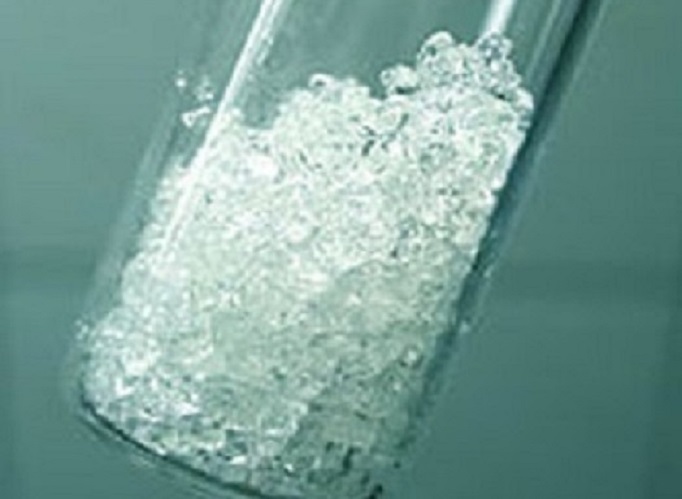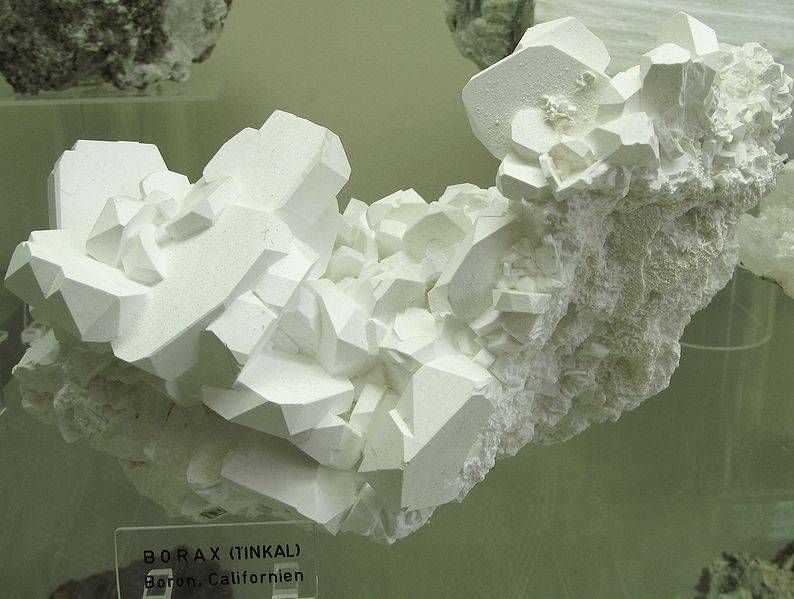Here’s Where Aluminum Goes When It’s Injected Into Your Body from a Vaccine
While mercury (Thimerosal) has been removed from most vaccines, it is, unfortunately, still included in some vaccines for children and the elderly, and in some vaccines administered in certain developing nations. There are over 150 studies on organic-mercury used as a preservative in various vaccines, and over a dozen of them found outcomes of death, malformation, autoimmune…
“The Dose Makes the Poison”: Rethinking Traditional Toxicity Testing

At some point we have all heard the argument “the dose makes the poison” in support of the safety of including small amounts of dangerous ingredients such as formaldehyde, phenol, sodium borate, aluminum, etc., in vaccines, but it is not that simple. Research on the safety of vaccine ingredients, for example, largely ignores contemporary toxicological perspectives on the long-term effects of repeated periodic exposures to low concentrations of dangerous substances. Understanding the basics of chemical-safety testing methods is the first…
Toxic Phenol Ingredient in Vaccines

Phenol, chemically known as carbolic acid, is a white, volatile crystal solid. It is a mildly acidic, water-soluble chemical that requires safe handling due its ability to cause chemical burns. Phenol is produced both “naturally” as well as synthetically. In its natural form, phenol was initially found in coal tar. It is also present naturally in human and animal wastes as well as in some foods. Chemical companies manufacture phenol on a large scale from…
Formaldehyde Flooring Gets Higher Toxic Risk Rating from CDC

On Feb. 18, 2016, the U.S. Centers for Disease Control and Prevention (CDC) issued a corrective report announcing that their previous guidelines pertaining to “safe” levels of formaldehyde off-gassing from laminate flooring made in China had been based on a miscalculation of ceiling height, which resulted in an incorrect mathematical risk analysis. Apparently, the error was a simple failure to convert feet to meter, in other words, human error.
The Puzzling Presence of Borax in Our Vaccines

Vaccine ingredients are an extremely important topic in the dialogue on vaccination, health and autonomy. After all, we all want to know and have the right to know what we are injected with. The Vaccine Reaction has published several articles about vaccine ingredients, including including aluminum, mercury, formaldehyde and polysorbate 80. This article introduces an…
Polysorbate 80: A Risky Vaccine Ingredient
The recent public conversation about the safety of vaccine ingredients has centered primarily around mercury (thimerosal), aluminum and formaldehyde. However, there are other concerning ingredients in vaccines that are not talked about as often, one of which is Polysorbate 80—also known as Tween 80 and polyoxyethylene-sorbitan-20 mono-oleate. Polysorbate 80 is a surfactant commonly used in the pharmaceutical, cosmetic and food industry. Surfactants are compounds that reduce the surface tension and increase the solubility between two liquids that would normally be unable to dissolve together, e.g. oil in water.

